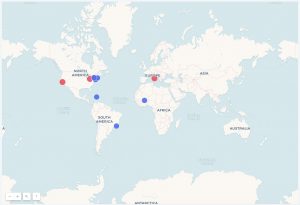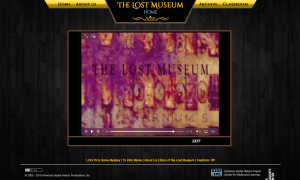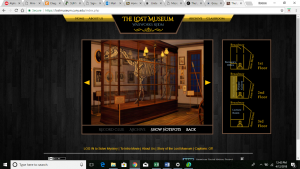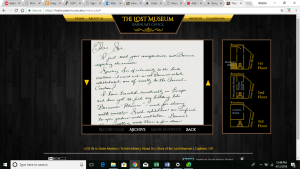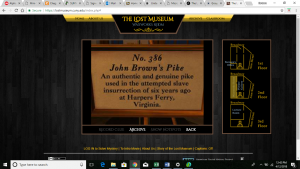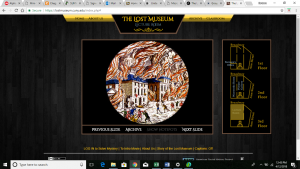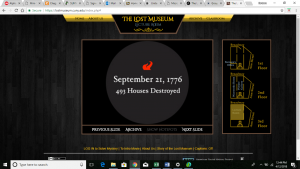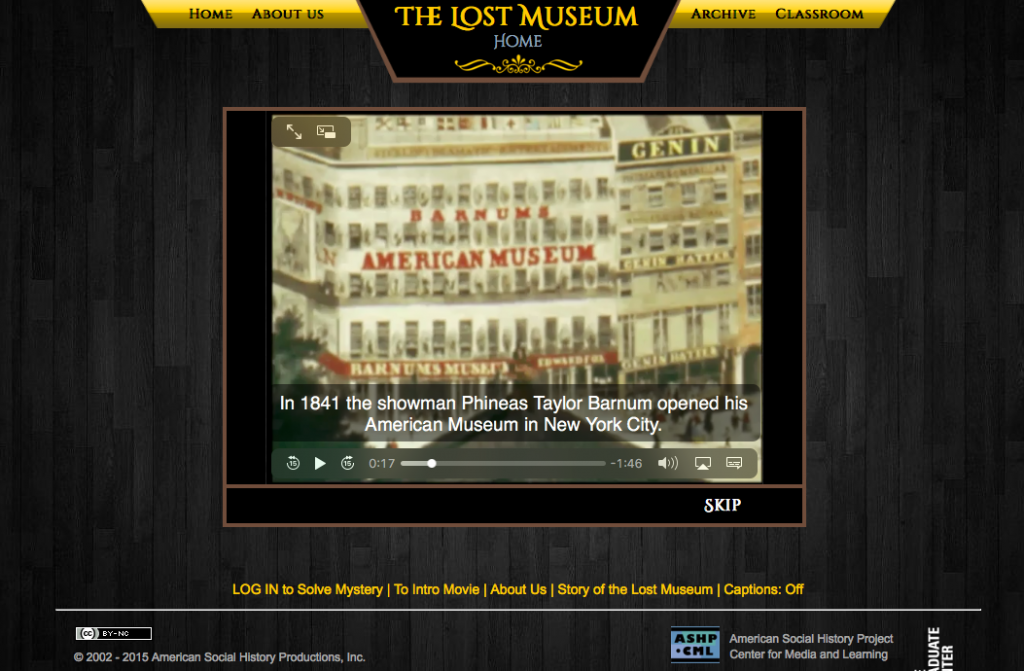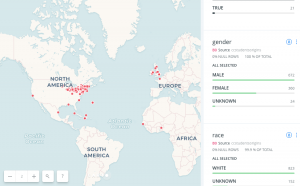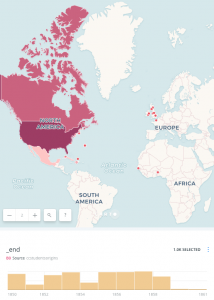The first week of class consisted of mapping out different origins. Essentially, the goal of this assignment was to see an accurate visualization of the different places and locations of students who went to Central College in McGraw. Central college is known for appreciating diversity as a community, which is why I found this exercise very practical. Additionally, Central College was he first college to accept woman and colored people. The great amount of diversity at this school created many interesting points on the map. Mapping is an extremely useful tool, and this assignment definitely clarified this.
For this assignment, everyone in the class received a group of 30 students. We then plugged in the coordinates of each students hometown to find their specific origins and locations. I was very surprised to see how far many students traveled to attend Central College. Traveling also wasn’t easily accessible during this time in history, which is why I found this concept very interesting.
Mapping is an especially helpful tool to use when learning new historical information. Before this assignment, I was not aware of this tool. As a future teacher, I am definitely interested in using mapping to create a beneficial learning atmosphere for my students. I believe this tool will be especially useful for the special education students in my classroom. Many students who identify with a disability tend to be visual learners, which is a main aspect of mapping. It definitely is more useful to see a visualization of the location instead of a standard list. I am excited to share this useful tool with my future students.

